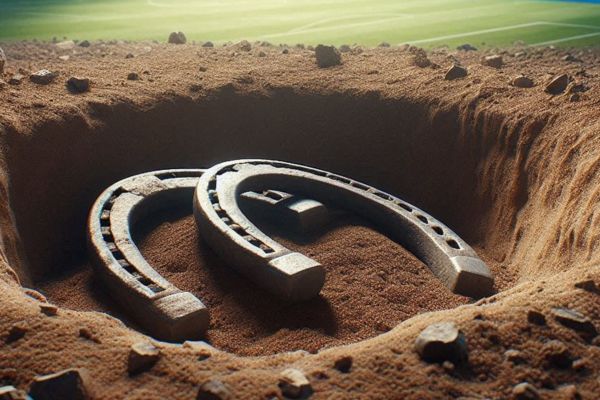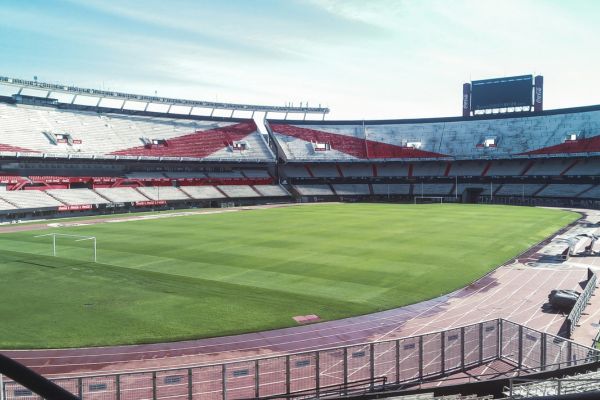"Hey, hey! Stop!, Stop!" The shout cut through the steady hum of heavy machinery.
A man in a yellow hard hat, sweat dripping from his forehead, waved his arms frantically. The source of his urgency? A digger operator, who had just shifted gears to scoop up another mound of soil. Catching sight of the waving figure, he sighed. "What now?" he thought, worried he’d hit a pipe or some buried infrastructure.
Quickly, he switched the machine into neutral, shut off the engine, and climbed down. The construction worker rushed toward him.
"Thank God you stopped in time," he said, pointing toward the dirt. "There’s something here."
Both men stepped closer to the excavation site, their boots sinking into the loose earth. Peering down, they spotted something unusual. A few twisted metal fragments sticking out from the soil. The worker in the yellow hard hat crouched, pulled off his gloves, and gently brushed the dirt away. As he lifted one of the objects into the sunlight, its rusted, curved shape became clearer.
"Do you know what this is?" asked the digger operator.
The other man shook his head.
"It’s a horseshoe. And an old one, by the looks of it."
Digging a little more, they uncovered two more horseshoes, each worn and weathered by time. The discovery left them puzzled.
"Why would horseshoes be buried here?"
"Maybe for luck," the digger operator joked.
A Forgotten Past Unearthed

It was January 2021, and work had just begun on a major renovation project at El Monumental, home of River Plate Football Club. The plan? Lowering the pitch by almost two meters to eliminate the old running track that separated fans from the field, bringing them closer to the action. But as construction crews dug into the ground, they stumbled upon a piece of history buried beneath the stadium.
At first, some speculated that the horseshoes had been placed there for good luck. After all, El Monumental had seen plenty of victories, from River Plate’s greatest triumphs to Argentina’s 1978 World Cup win. But as club officials and historians investigated further, the real story emerged.

The Hipódromo Nacional: A Stadium Built on a Racetrack
Before El Monumental stood as one of South America’s most iconic stadiums, the site had been home to the Hipódromo Nacional, a horse racing track that operated in the late 19th and early 20th centuries.
Opened in 1887, the racetrack hosted thoroughbred competitions for decades before closing in 1911. It later served as a venue for social and cultural events until its demolition in 1920. In 1934, River Plate purchased the land and began construction on the stadium that would become one of Argentina’s football cathedrals.
The horseshoes, belonging to a mule and a Percheron horse, commonly used for work and transport, had likely been buried there over a century ago, remnants of the racetrack’s past hidden beneath the pitch for generations.
Where Are the Horseshoes Now?
Following the discovery, the River Plate Museum took possession of the three horseshoes, recognising their historical significance. Experts analysed them, confirming their age and origin, and the club even worked with Buenos Aires’ Heritage Department to ensure their preservation.
Today, these forgotten relics are on display in the museum, serving as a reminder that before football ruled El Monumental, horses once thundered across its grounds.
Some still like to believe the horseshoes brought luck. Just a year after their discovery, River Plate lifted another league title on the very pitch where they had been buried. Coincidence? Maybe. But in football, some stories are too good to ignore.
The renovations at El Monumental were completed in 2023, with the lowered pitch allowing for new stands closer to the action, bringing fans nearer than ever before. The old wooden seats were replaced, facilities upgraded, and the stadium modernised, ensuring that this historic ground will continue to be a fortress for River Plate for years to come.
Find out more about El Monumental Stadium in our Legendary Stadiums Section.
